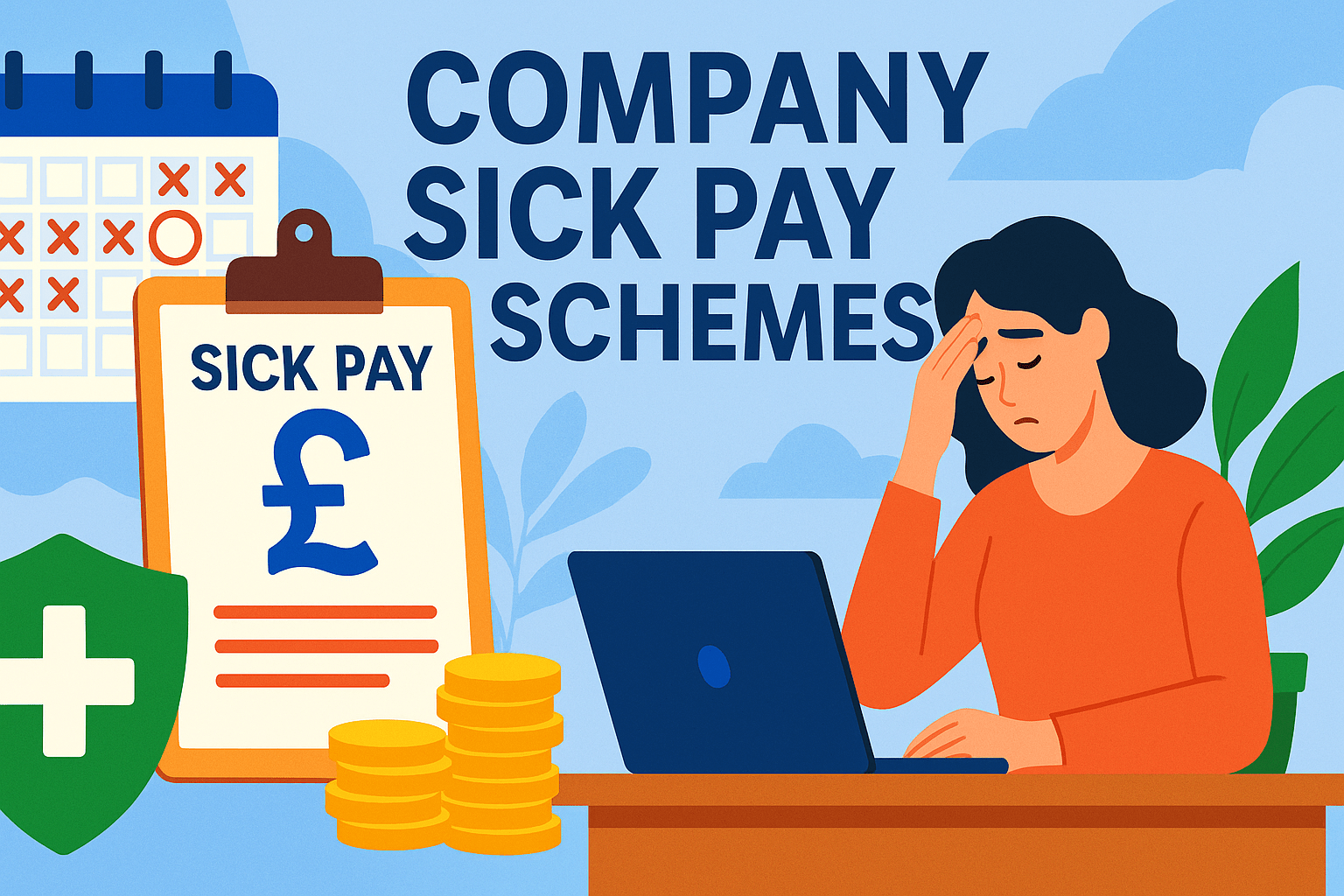How does digital leave management compare to traditional leave management, and what are the differences? Companies recognise the advantages of managing leave requests through a digital approach instead of having someone not involved in the requests jump into it.
See the 7 key differences below:
1. Transparency
With traditional leave management, you need to go through the Human Resources department to understand what days are taken off by employees. With digital leave management, this as well as other information is readily available.
Digital leave management provides other advantages: it makes the company more transparent and generates trust among employees since they can see how their colleagues are acting. Transparency is a growing trend in the workforce, making digital leave management very effective.
2. Efficient
With traditional leave management, the process often takes a long time to go through. This involves manually checking calendars and verifying them with other employees who may need to work with the person on leave. The approval process takes even longer, especially when it is involving multiple managers and HR staff members.
With a digital solution, the request is sent to managers and HR right away, who can approve or deny it in a few minutes with the relevant information such as clashes as well as who else is off. This leads to more efficiency and better productivity for the company.
3. Easier For Employees
Digital leave management makes it easier for employees to request time off, while traditional leave management often involves the employee waiting for the request to be processed.
4. Better-Focused Employees
Digital leave management means that employees can check their schedules anytime, anywhere, which means they can plan their days better. With traditional leave management, employees often end up with too many tasks to do in too little time (when they come back from their leave), which can often lead to mistakes or an even longer processing time for tasks.
With digital leave management, employees can avoid this and come back after their leave in a more focused way: they know exactly what to do (thanks to the transparency that digital leave management offers), which means they can get straight to work. This boosts the entire workforce productivity, not just those who are on leave.
5. More Efficient HR Skill Management
With digital leave management, you can keep track of all long period leave (such as pregnancy or parental leave) and even sick days. This makes a lot of sense for HR skills management since it allows them to allocate skills where they are needed. It also makes it easier to manage the workload of employees on leave.
In traditional leave management, managers often have difficulty assigning tasks to employees who are not on leave, leading to further inefficiencies.
6. Reduce Rejection Anxiety, Improve Employee Morale
Employee morale can be improved with digital leave management since employees know if their request will be approved or not before they submit it. This reduces the anxiety of rejection and makes employees feel more comfortable with their work, which improves productivity.
With traditional leave management, employees often have to wait before their request is approved or declined. This can result in lower morale for the employee and a feeling that they are not up to the task (which can lead to mistakes).
7. Easier Management Of Company Culture
Since digital leave management makes the process more transparent, it also changes how employees work together. This can be beneficial for organisations that want to create a more inclusive and less competitive work environment.
With traditional leave management, managers can feel that they have no control over who comes or goes, making them feel insecure about their position. It can also make employees less enthusiastic about working if they think their coworkers will take over when they leave.
The Bottom Line
As you can see, there are seven key differences between traditional and digital leave management. The increased efficiency of the latter means that employees enjoy more time with their families while still getting paid for missed work hours. Why not give it a try? ScheduleLeave is an advanced Staff Holiday Planner Software that helps companies save money by automatically calculating holiday payouts based on company policy. Try it out today.




